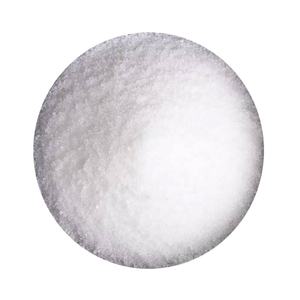
1 : 100 agent CLC blocks maker Foam Concrete Machine with hose pump and foaming agent barrel

150mm/ 230mm width PVC waterproof tape water stop belt for concrete construction joints

factory building material glued steel fiber for concrete whole

Hot Aerogel Silica Insulation Fabric For Jacket and Shoes

BRD Chemical Auxiliary Agent Tunnel Chemicals Concrete accelerateor Accelerator for Shotcrete

High quality superloner Low Thermal Conductivity aerogel block/ graphene aerogel/aerogel plates for wall Building
Plaster additives are specialty chemicals or compounds that are introduced into plaster mixes to enhance their properties and performance. These enhancements can range from improving workability and adhesion to increasing durability, reducing shrinkage, accelerating or retarding setting time, and even providing specific finishes or colors. Plaster additives are commonly used in construction, sculpture, and decorative applications where traditional plaster may need to meet the required specifications or desired aesthetic outcomes.
Some common types of plaster additives include:
1. Waterproofing Agents: These additives increase the water resistance of plaster, making it suitable for exterior use or areas with high humidity.
2. Retarders: They slow down the setting time of plaster, allowing more working time for larger or more intricate projects.
3. Accelerators: As the name suggests, this speeds up the curing process, which is useful in cold weather conditions or when a quick setting is needed.
4. Bonding Agents: These improve the adhesion between the plaster and the substrate, reducing the risk of delamination or cracking.
5. Plasticizers: They enhance the workability and flexibility of plaster, making it easier to apply and reducing shrinkage cracks.
6. Colorants: Pigment additives that allow the integration of color directly into the plaster mix, eliminating the need for painting after application.
7. Fibers (e.g., Glass, Polyester): Added for reinforcement, fibers increase the plaster's tensile strength and crack resistance.
Application of Plaster Additive:
The application of plaster additives varies depending on the type of additive and the specific project requirements. Here is a general guide:
1. Preparation: Ensure the surface to be plastered is clean, dry, and free from loose materials. Mix the plaster according to the manufacturer's instructions.
2. Adding the Additive: Measure the required amount of additive as directed by the manufacturer and mix it thoroughly with the plaster powder before adding water. It's crucial to follow the recommended dosage to achieve optimal results.
3. Mixing: Once the additive is incorporated, slowly add water and continue mixing until a uniform consistency is achieved. Over-mixing should be avoided as it can reduce the effectiveness of some additives.
4. Application: Apply the plaster mixture using the appropriate tools (trowel, spatula) following standard plastering techniques. Ensure even coverage and proper thickness according to the project needs.
5. Finishing: Depending on the desired finish, smooth the surface while the plaster is still workable. For textured finishes, specialized techniques or tools may be used.
Cie-china is professional in lightweight concrete and foam concrete solutions. We can supply concrete foaming agent, superplasticizer, aerogel and foam concrete strength enhancer for lightweight concrete mix, CLC blocks all over the world. Send us an email or click on the needed products to send an inquiry.
Payment Term:
L/C, T/T, Western Union, Paypal, Credit Card etc.
Shipment Term:
By sea, by air, by express, as customers request.
Storage conditions:
1) Store in a dry environment at room temperature.
2) Avoid damp and high temperature.
3) Use immediately after opening the inner packing bag.
Q: Can I use any plaster additive for any plaster?
A: No, it's important to choose an additive compatible with your specific type of plaster (e.g., gypsum, lime, cement). Check the manufacturer's guidelines to ensure compatibility.
Q: How many additives should I use?
A: The amount varies by product and intended effect. Always follow the manufacturer's recommended dosage for best results.
Q: Will using an additive affect the drying time of my plaster?
A: Yes, depending on the additive. Retarders will slow down drying, while accelerators speed it up. Other additives like plasticizers may have minimal impact on drying time but can affect curing time.
Q: Can I add multiple additives to my plaster mix?
A: While it's possible, caution is advised. Mixing different additives can interact and potentially compromise the plaster's performance. Always consult the manufacturer or perform a small test batch first.
Q: Are plaster additives necessary for every project?
A: Not always. Basic plastering jobs might not require additives. However, they are beneficial when specific performance enhancements are needed or when working under challenging conditions.
Ask a quote for the latest price and one of our team members will respond as soon as possible. Fields marked with * are required.




